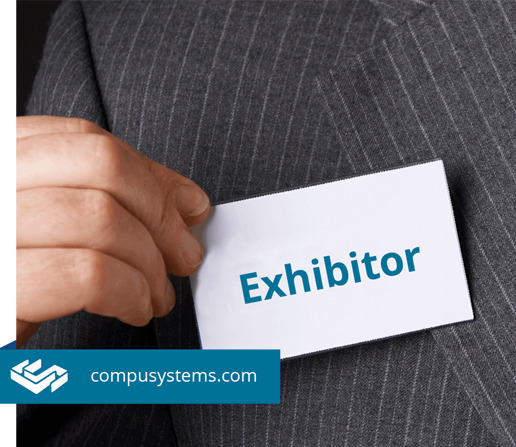By Kahle Williams
Managing and understanding attendee behavior is essential for creating successful events. As an event organizer, knowing how your attendees navigate your event and engage with different aspects can provide invaluable insights. In this blog, we’ll discuss various attendee tracking methods and their benefits, ranging from entrance and session tracking to occupancy monitoring and more.
Entrance and Session Tracking: Analyzing Attendee Movement
By tracking entrances and session attendance, you can gain insights into which sessions are popular and how attendees move throughout the event. This data can help you plan future events more effectively, catering to attendee interests and optimizing event layouts for smoother navigation.
Access Control: Enhancing Security and Personalization
Access control allows you to grant or deny entry based on specific criteria, such as registration status or ticket type. This level of control enhances event security and enables organizers to personalize attendee experiences by creating exclusive areas or sessions for specific groups.
Continuing Education Unit (CEU) Tracking, Management, and Fulfillment
For events offering professional development or certification opportunities, CEU tracking and management is essential. Event organizers can monitor and verify attendee participation in designated sessions, ensuring proper fulfillment of CEU requirements and issuing certificates accordingly.
Occupancy Monitoring: Ensuring Safety and Comfort
Occupancy monitoring enables event organizers to track the capacity of rooms and spaces in real-time. Traffic light indicators can signal when rooms are nearing capacity, allowing organizers to manage crowd flow and maintain safety and comfort for attendees.
Manned or Self-Serve Tracking: Flexibility for Different Event Types
Depending on the size and complexity of your event, you may choose between manned or self-serve tracking systems. Manned tracking involves staff members scanning attendee badges or tickets, while self-serve options allow attendees to scan their credentials at designated stations. Both methods offer different benefits in terms of efficiency and attendee engagement, so choose the one that suits your event best.
By implementing various attendee tracking methods, event organizers can enhance event management and improve attendee experiences. Data gathered from tracking systems can inform future event planning, ensuring the continued success of your events. By understanding attendee behavior and preferences, you’ll be better equipped to create memorable and engaging experiences for your audience.
Stay up to date by connecting with us on social media:
Check out our related blog posts
Stay up to date by connecting with us on social media:



